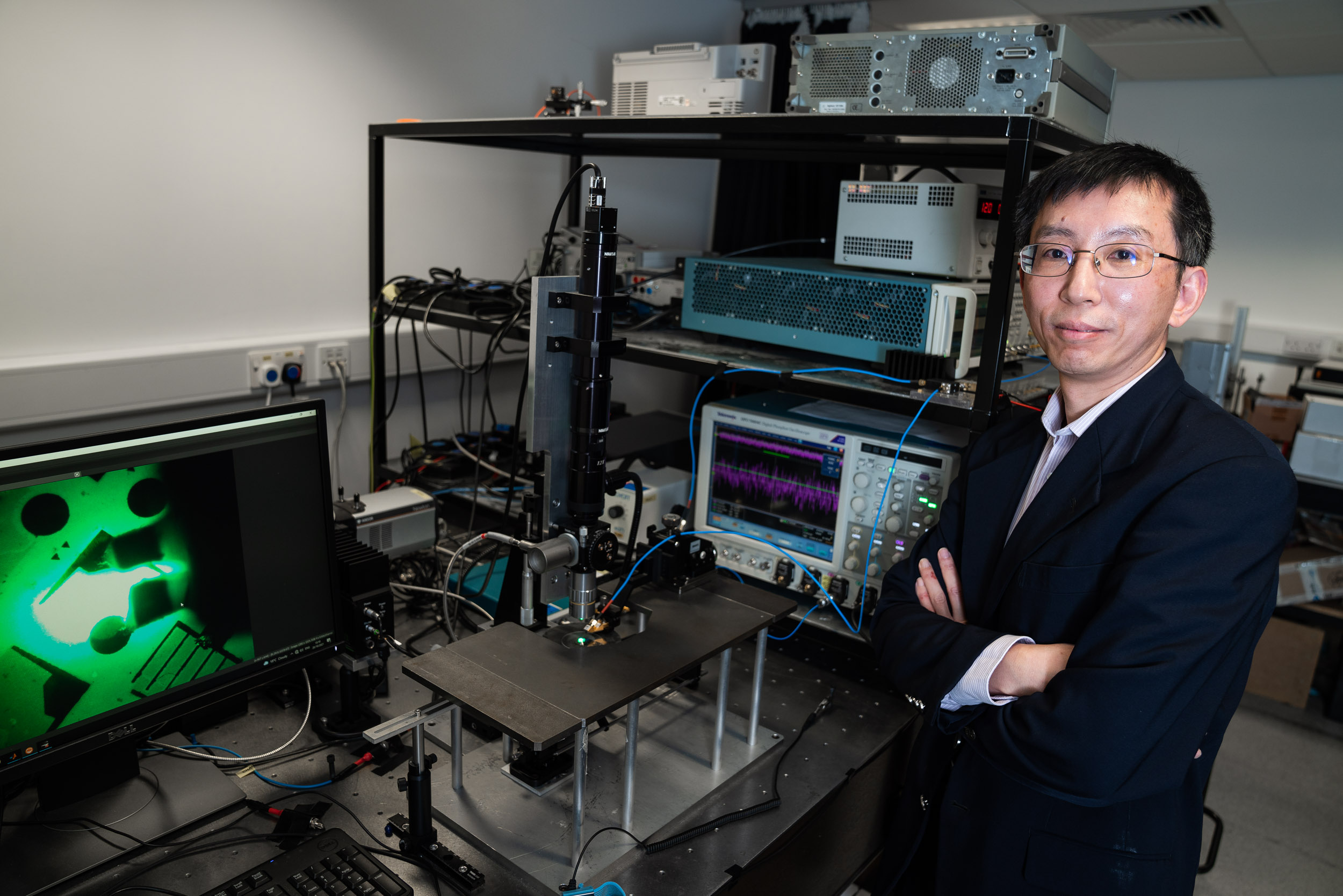Sheffield University to lead £1.9M laser diode project

Collaboration with Harvard, MIT and the UK Universities of Strathclyde and Bath aims to develop ultimate micro-displays and visible light communication devices
The UK Research Initiative (UKRI) has announced that the University of Sheffield will head up a new £1.9M project in collaboration with American Universities Harvard and MIT and UK Universities Strathclyde and Bath, to advance the technology for the next generation of micro-displays and visible light communication (VLC).
Micro-displays are currently used in smart watches, smart phones, augmented reality and virtual reality devices. VLC technology has the potential to offer much greater bandwidth and efficiency than WiFi or 5G and can be used where radio frequency emissions are controlled or do not work such as in aircraft, hospitals, underwater and hazardous environments.
A key component of both these technologies are III-nitride visible LEDs but this project will explore using laser diodes (LDs) instead with the potential to achieve devices with even higher resolution, speed and efficiency.
Professor Tao Wang, who will be leading the project, is pictured above with a VLC system - one of the extensive device characterisation and testing facilities in the photoluminescence and electroluminescence laboratories at The University of Sheffield.
Sheffield University's Centre for GaN Materials and Devices has already made important breakthroughs in the fabrication of ultra-small microLEDs. Through this international research collaboration, researchers in Sheffield will explore using a completely different approach to monolithically integrate microscale laser diodes (μLDs) and HEMTs on a single chip, where each μLD is electrically driven by individual HEMTs.
The aim is to overcome the fundamental fabrication challenges which currently limit the potential of existing technology and develop the ultimate micro-display and VLC devices for the next generation of personal devices and communications networks.
The global micro-display market has been predicted to reach $4.2 billion by 2025 and the VLC market is expected to exceed $8 billion by 2030. This project, which is among 12 international collaborations funded by the UK's EPSRC (Engineering and Physical Sciences Research Council), has also attracted support from global companies such as Microsoft, Sony and Plessey.


































